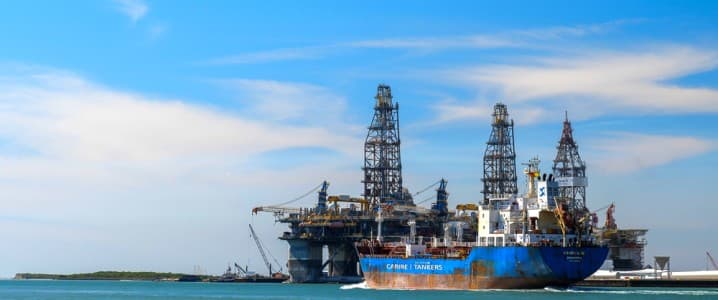Suriname, the South American nation hoping to replicate Guyana’s oil boom, is voting on Sunday in presidential and general elections to decide who will oversee energy and oil policy in the country over the next five years.
Suriname, a former Dutch colony which gained independence in 1975, has a population of just over 600,000 residents who will choose among five presidential candidates in the May 25 election.
Incumbent President Chan Santokhi seeks a second five-year presidential term against four other contenders. The president’s biggest rival appears to be Jennifer Geerlings-Simons, the leader of the left-leaning National Democratic Party.
Both frontrunners are encouraging more drilling in Suriname’s offshore basin to find more oil and are open to welcoming major international companies to develop projects in the country.
Suriname has been seeing increased investment and exploration in its oil and gas sector, driven by the success of neighboring Guyana and major projects like GranMorgu.
Shell, TotalEnergies, and Petronas are leading exploration efforts offshore Suriname, hoping that the oil treasure trove in neighboring Guyana extends into Surinamese waters.
Oil volumes have been found, and French supermajor TotalEnergies is developing GranMorgu, a $10.5-billion oil project offshore Suriname.
In October, TotalEnergies announced the final investment decision for the GranMorgu development of the fields off the coast of Suriname, which are estimated to hold recoverable reserves of more than 750 million barrels.
First oil is expected in 2028.
The project includes a 220,000 barrels of oil per day Floating Production Storage and Offloading (FPSO) unit.
In 2028, when the project is expected to come on stream, Suriname’s GDP will jump by as much as 55%, the International Monetary Fund (IMF) has predicted.
“In the long term, the oil reserves are not as large as that of Guyana, though Suriname is able to ramp up production rapidly,” the IMF said.
By Charles Kennedy for Oilprice.com
More Top Reads From Oilprice.com

